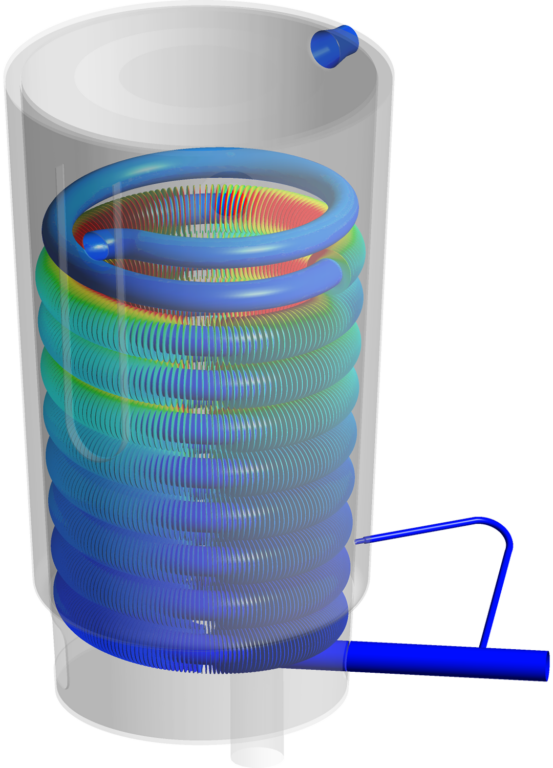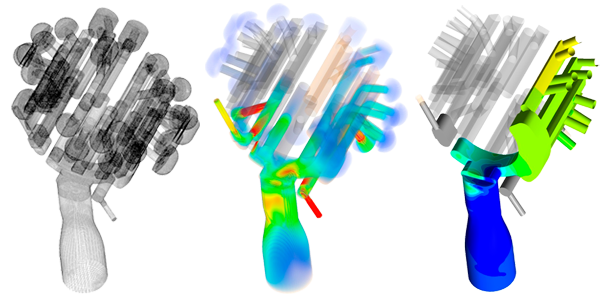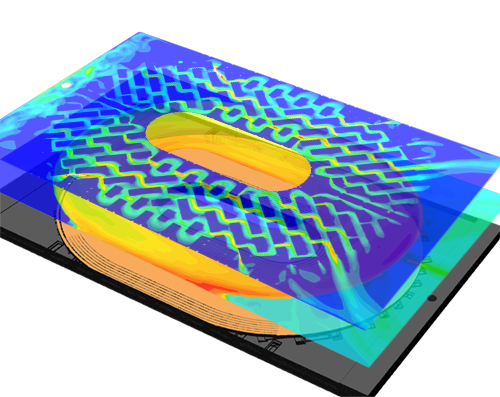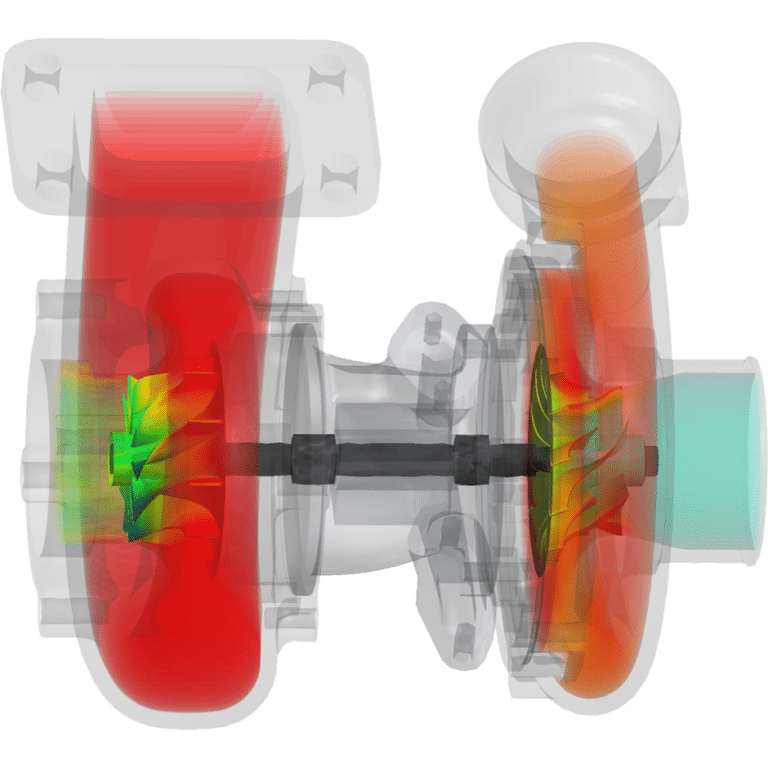Context
Many processes require external heat: power generation, industrial furnaces, drying, petrochemicals… This heat may be generated by an industrial boiler, as in this case.
Heat exchangers are also widely used. They are used to transfer heat (or “heat flux”) between a hot and a cold fluid, by means of a physical separation (wall) preventing them from mixing. Here, the heat exchanger recovers the heat produced by gas combustion and transfers it to the heat transfer fluid, water.




